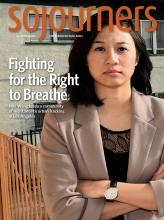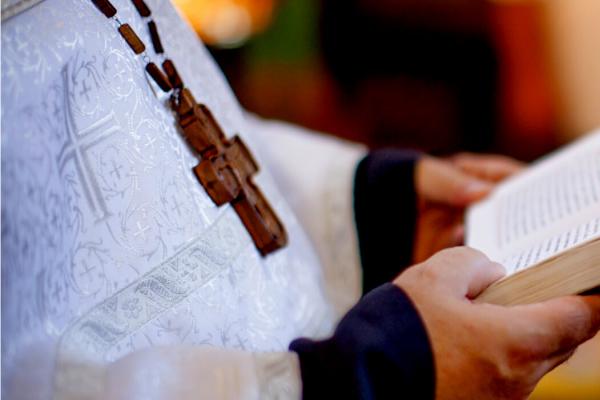My son Samson stood in front of our pew. One of the men in the congregation knelt and fixed his bow tie. The Sunday morning sunlight was streaming through the stained glass and the skylight. I hugged friends.This is going to be good, right? I prayed . Please, Lord, I hope we’re doing the right thing.
On Aug. 13 we renamed and blessed my son, Samson Red Gabriel. Samson is transgender. That week we had gone to court to legally change his name and gender, and that week he turned 10. That Sunday held the joy of five baptisms, all the hilarity and devotion that goes along with that, and this incredible rite that had never been done before in the Episcopal Church. As far as we know, nothing like it had been done for a child in a mainline church before, period.
Read the Full Article

